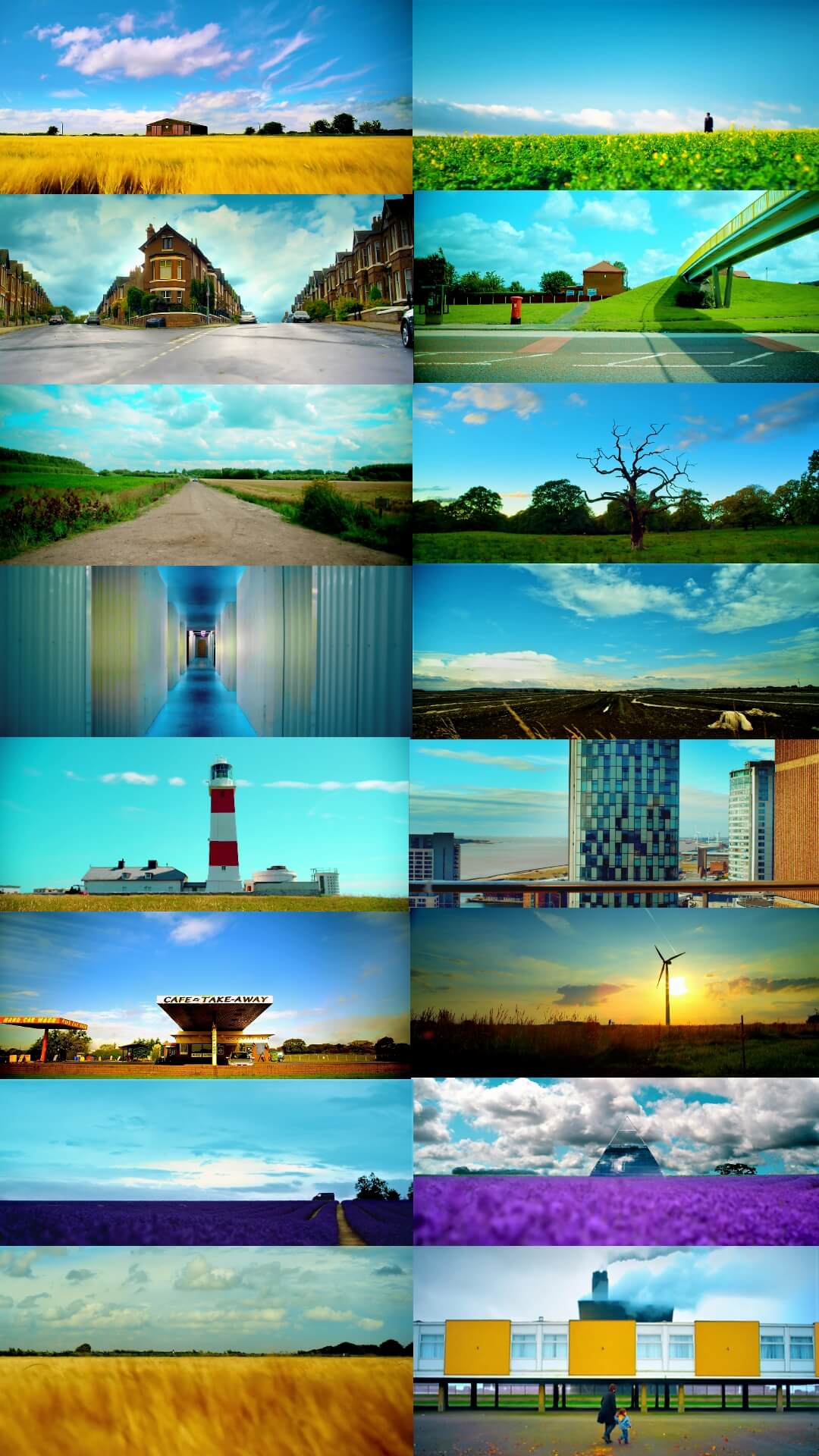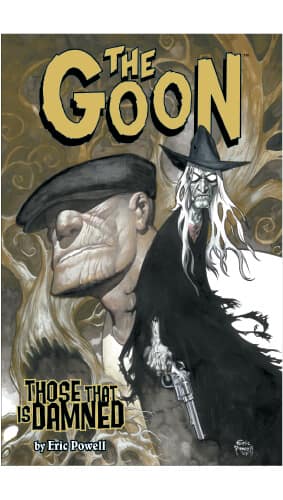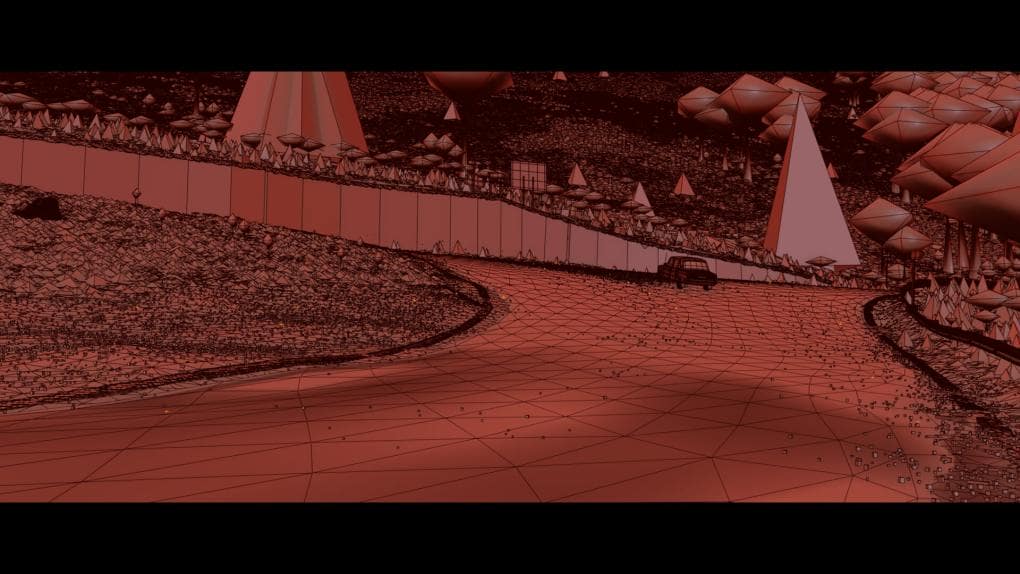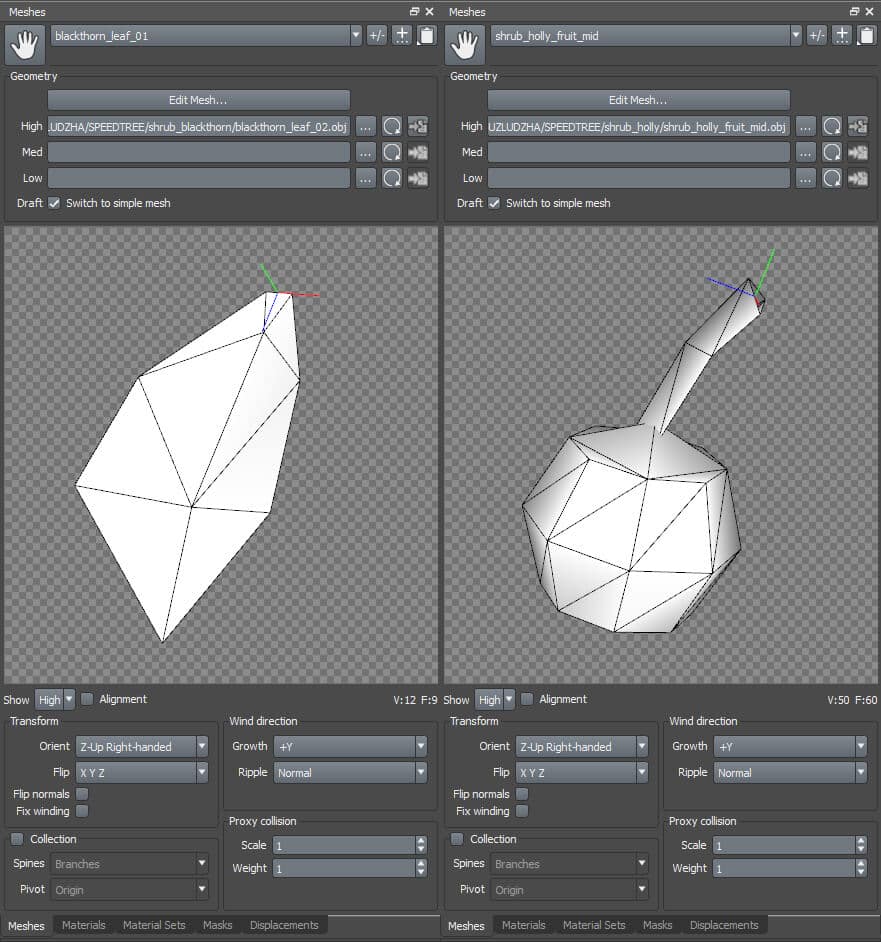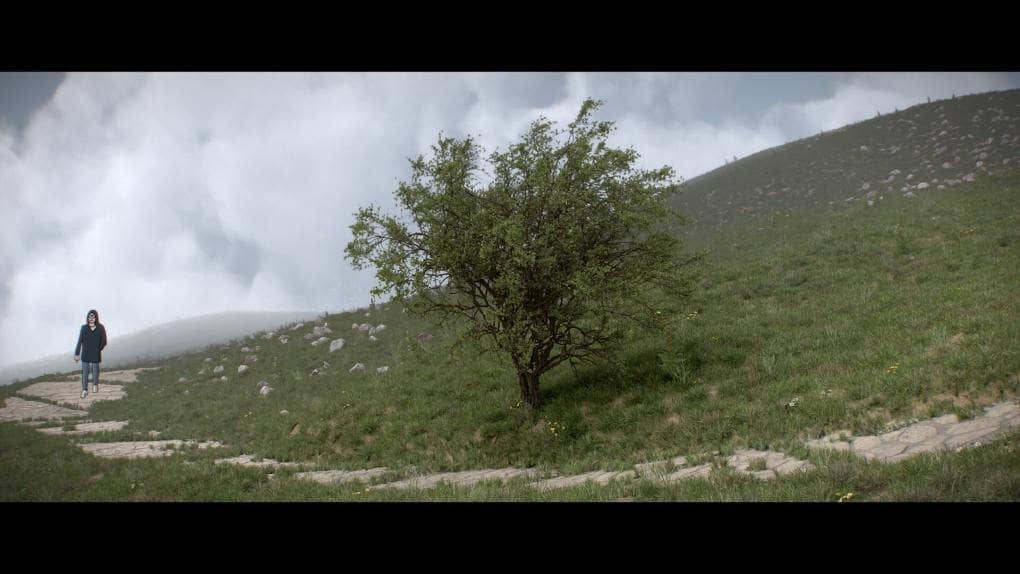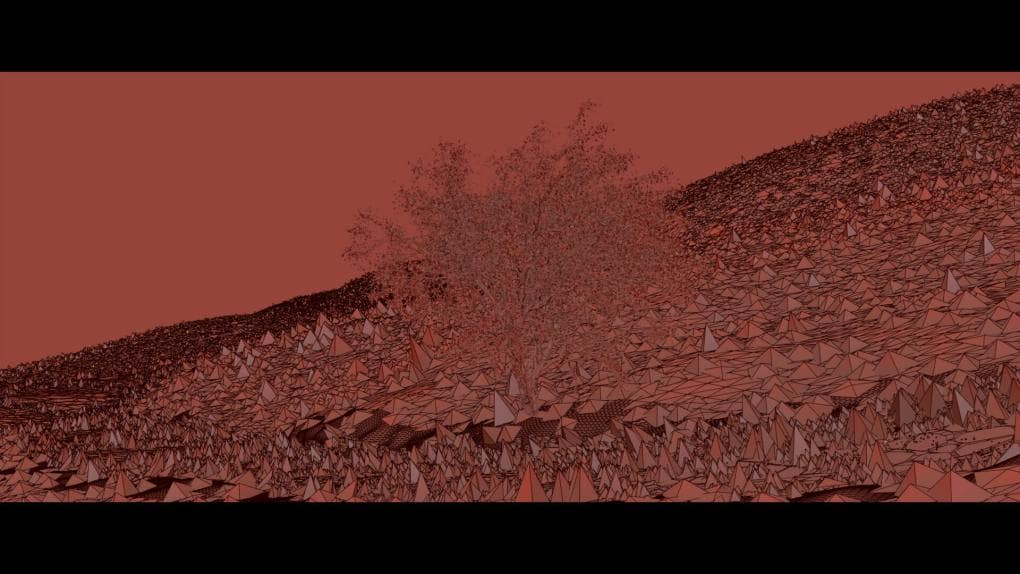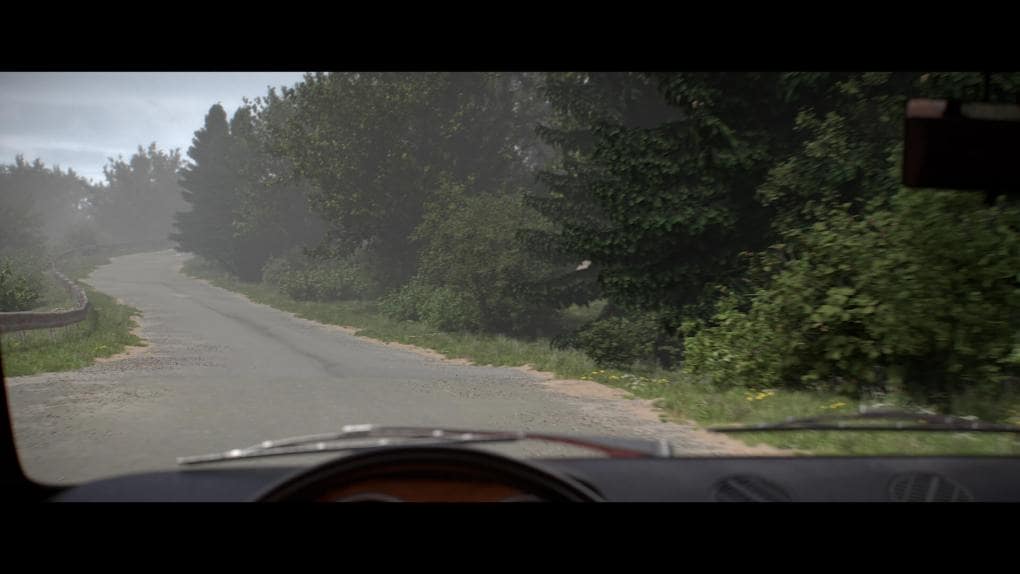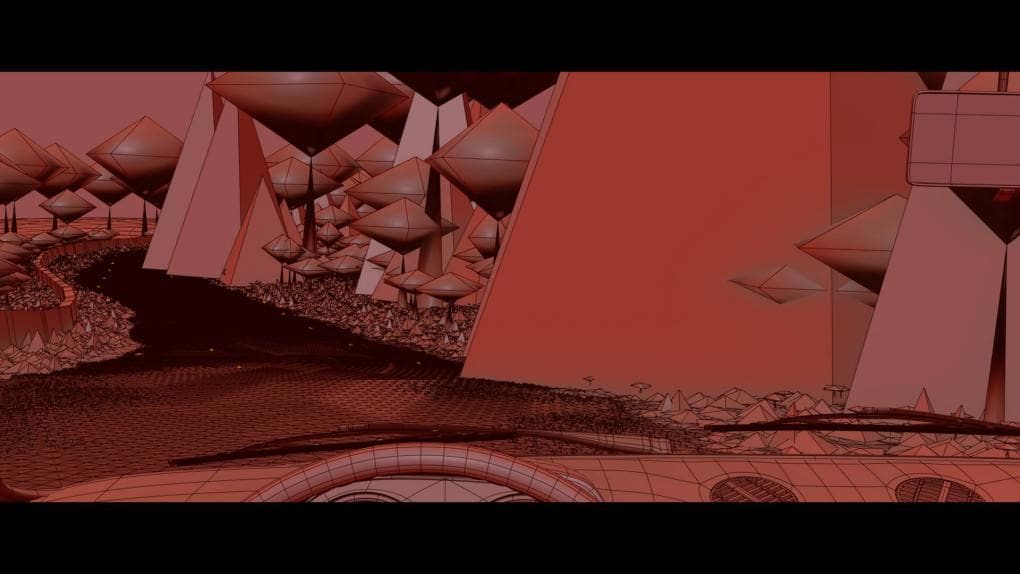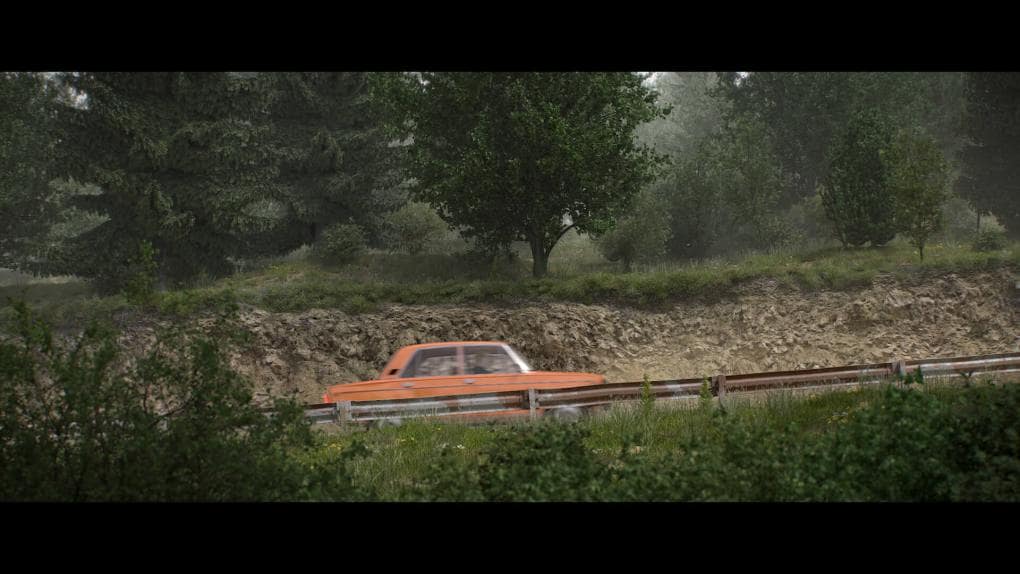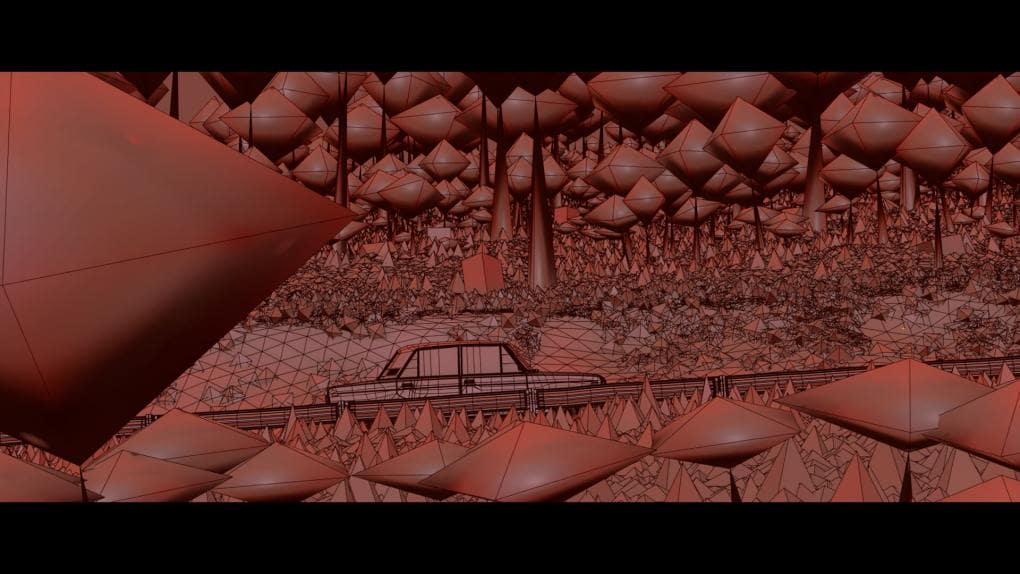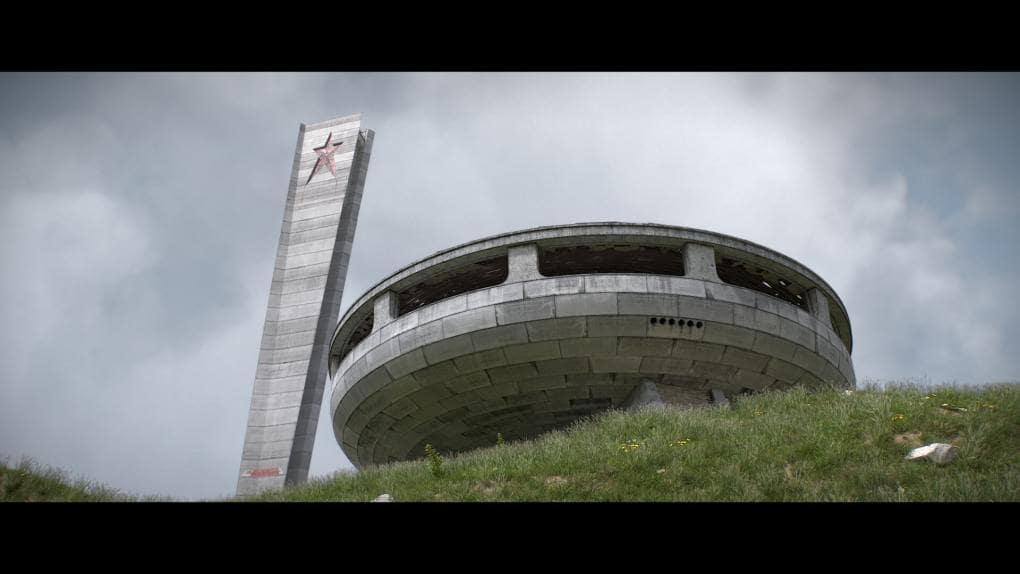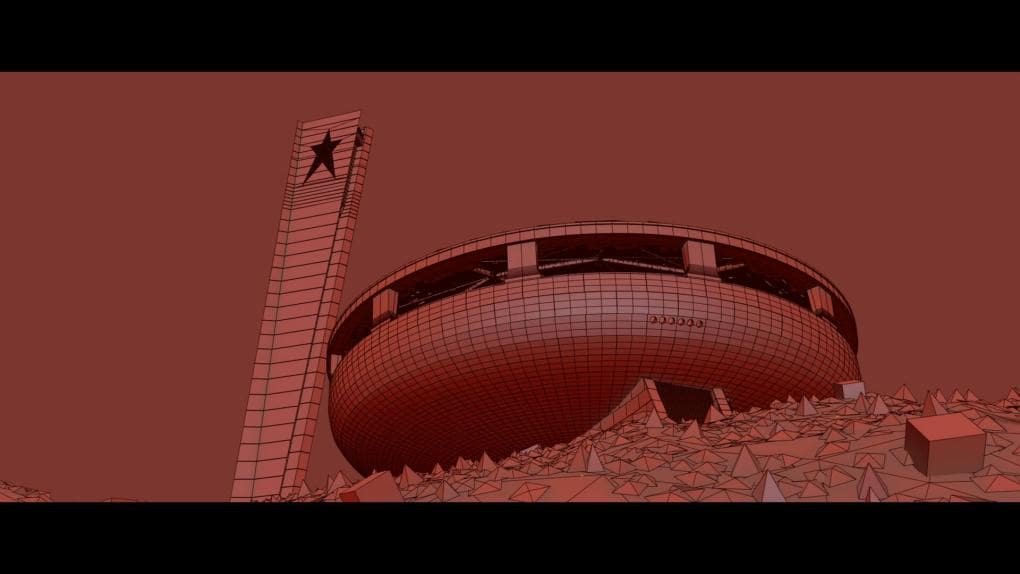An ArchViz Artist’s Inspirations
London-based freelance artist Vincent Filhine-Tresarrieu got started on smaller film productions, but has since graduated to projects that tower (literally) over the rest. Scroll down to see how he uses travel references, artistic inspirations, and a SpeedTree workflow to blend animated magic with photographic realism.
Get to Know Vincent
Amanda Windsor (AW): Please introduce yourself to our readers.
Vincent Filhine-Tresarrieu (VF): My name is Vincent Filhine-Tresarrieu, I am 37 years old. I was born in France and studied graphic arts at Aries school in Lyon. After six years working there as an architectural visualizer in film productions, I decided to accept a job offer and move to London. There, I got to work on a variety of large-scale projects that involved green screen shooting, keying, and tracking; this led me to expand my skills and discover new software like Nuke and Unity. I also got to use SpeedTree in commercial productions—I was previously only using it for personal projects.
Three years ago I decided to start working as a freelancer and I am happy I did. I enjoy discovering new workflows, artists, and projects, which in turn allows me to learn and grow faster than I would in a permanent position. I try my best to share the knowledge I gather as a way to keep challenging myself.
AW: What are some of the projects you’ve worked on in the past? Can you share what you are working on now?
VF: I mainly work in architectural film production. These films are used to promote spaces such as high-end luxury apartments, high rises, museums, stadiums, and shopping centers. Most of these works are usually under NDA, which means I can’t communicate about them until they are eventually advertised to the public or fully constructed.
Over the years, I have worked on projects such as Les Halles and Tour Montparnasse in Paris, Penn Station and The Spiral office tower in New York, and the Jeddah Tower in Jeddah, Saudi Arabia.
AW: What’s inspiring you these days and what is the last video game you played (or movie you watched) for fun?
VF: I get my inspiration, like most of us, from a variety of arts such as TV series, films, music, and books. The last TV series I watched and was amazed by is Utopia (the UK version). I think it was brilliant on all levels: photography, acting, soundtrack, storytelling. Most of all, I enjoyed the creative framing and color grading.
I recently reread the manga Akira. The book’s panels are already so cinematic that it is no surprise that it was successfully adapted as an animated film. One of my all time favorite comic books is The Goon, which blends gorgeous illustrations with well-written, sad-but-funny stories.
Some time ago, I read Cocaine Nights from one of my favorite writers, J.G. Ballard; I first discovered him by reading Concrete Island. Cocaine Nights left a vivid image of the protagonist’s no-man’s-land in my mind, and I really enjoy Ballard’s vision of dystopian—sometimes even post-apocalyptic—worlds. Some of his work has been adapted to film: in High Rise, which I saw after reading the book, the photography and beautiful brutalist architecture is spot-on what I had imagined.
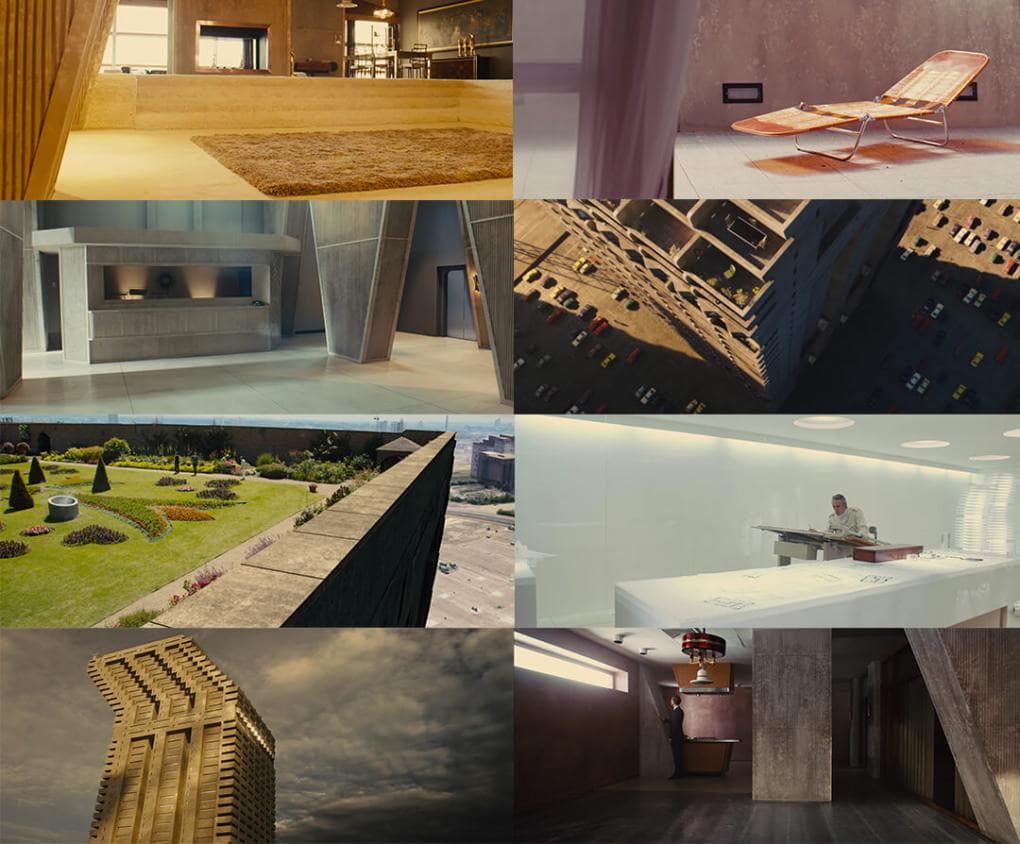
I also get a lot of inspiration from video games. I am currently playing Disco Elysium, an indie game where you play as an amnesic detective trying to solve a murder. You get to speak to a lot of unique characters and make story-driving narrative choices within beautiful watercolor-style graphics. In the last few years, there have been a lot of great indie games I enjoyed, including Firewatch, Inside and The Witness.
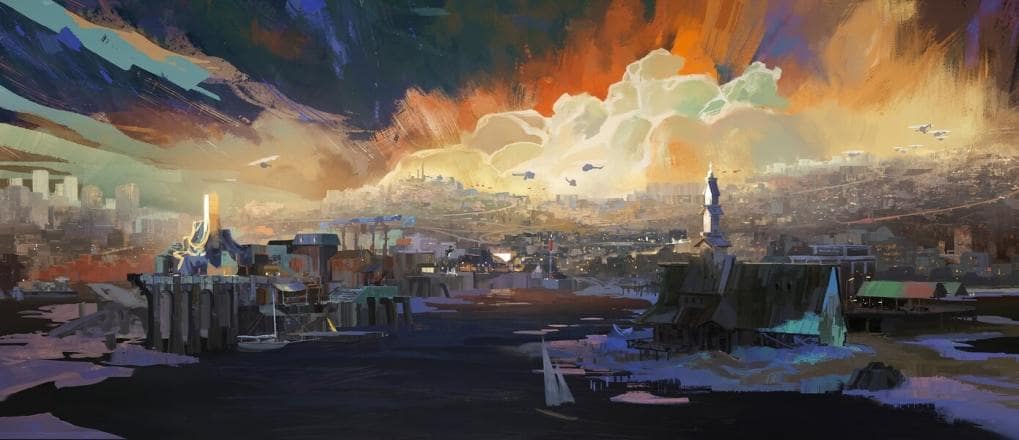
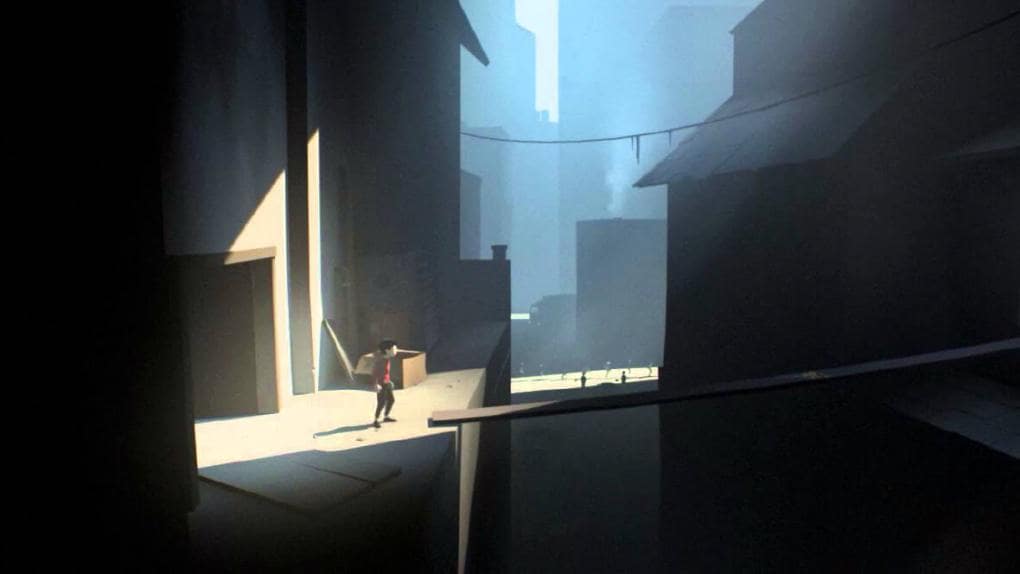
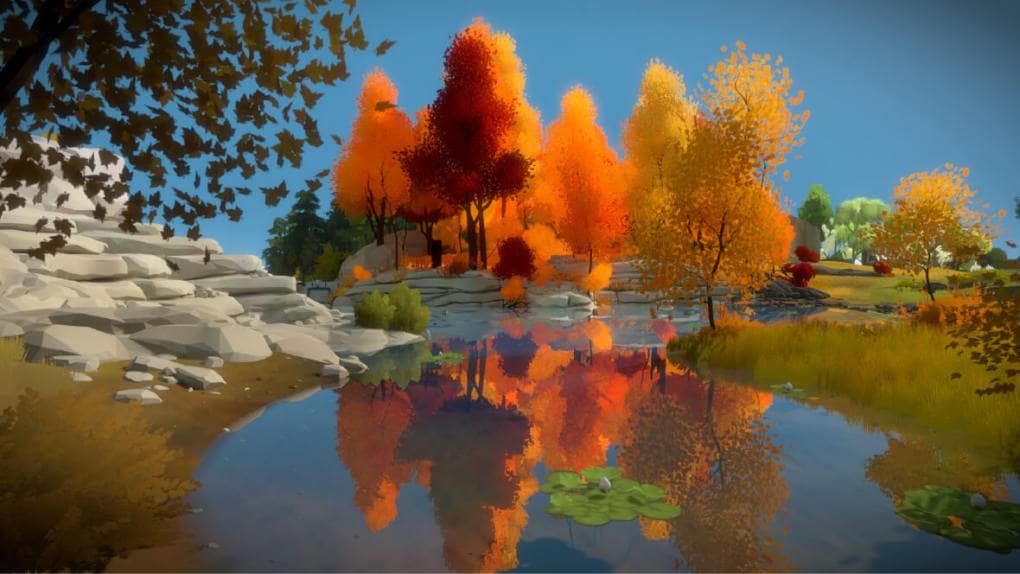
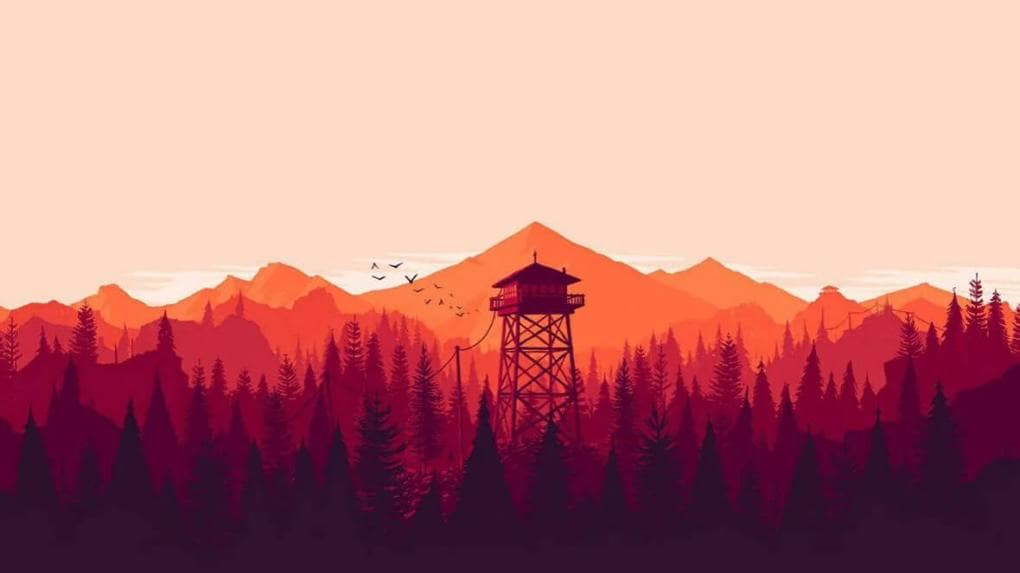
Learning SpeedTree
AW: How did you get started with SpeedTree? What are some of the key features you rely on?
While working on my latest personal project, a short film called “Road to Buzludzha”, I had the opportunity to learn more SpeedTree while creating the vegetation assets, from grass clumps to full-grown trees.
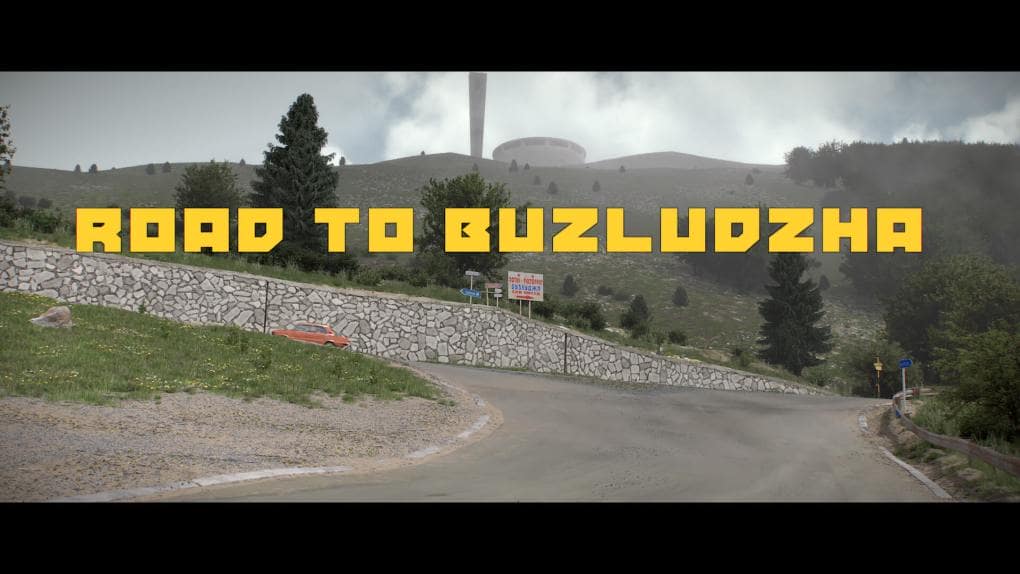
Buzludzha Breakdown
AW: What inspired you to make “Road to Buzludzha” and what were some of the challenges you faced during production?
VF: I’ve always wanted to create a short film on my own to prove to myself that I could, to help expand my skills, and to experience new softwares.
While browsing online for abandoned places (which I thought would make for a great challenge modelling- and material-wise because of the state of decay), I came across this building in Bulgaria called the Buzludzha Monument. It was constructed in 1989 and was the Communist Party headquarters until the fall of the USSR in 1991. I had the chance to visit it twice while in Sofia to attend the Total Chaos event (organized every year by Chaos Group). Getting there is quite a trip; I drove up sinuous roads in the woods and the first sight of the building through the clouds was a very special moment.
This leads to the idea of my short film: I would try to visualize what I felt getting there.
The main challenge I faced was to stay focused and motivated. The progress can sometimes feel quite slow, especially in early development stages. To move forward, I think it is important to give yourself goals and deadlines. The first step for me was to have a locked edit from which I created task lists per shot, trying to divide them into chunks that made sense with the time I could invest per day.
Another challenge I had to face was render time and RAM management. I rendered everything on my two machines, one of them being a not-so-powerful laptop. Because I couldn’t re-render my shots indefinitely, I had to make sure they were as optimized as possible, trying not to go over 30 minutes per frame and 32GB of RAM.
Here are a bunch of my references for a blackthorn bush:
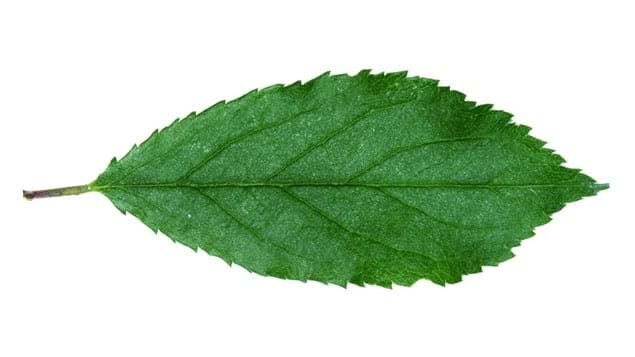

To add geometry detail to the trunks, I usually add some noise. I use a displacement map extracted from the bark texture, making sure the mesh is subdivided enough to get to the level of detail I want to achieve. Another nice feature is rotating the UV map along the axis of the trunks, which helps with reducing the tiling.
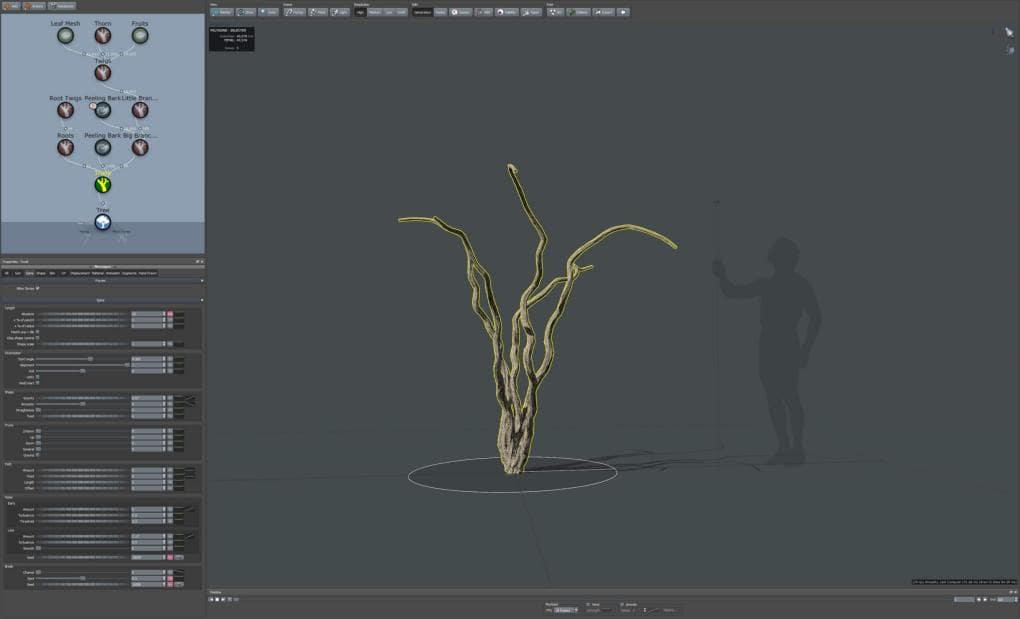
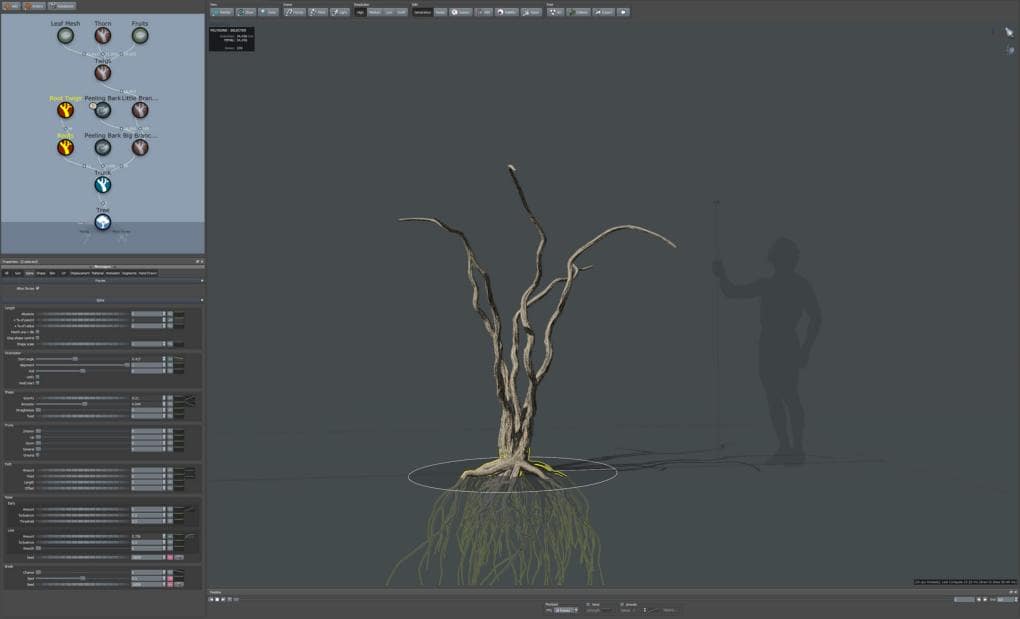
Then comes the primary and secondary level of branches.
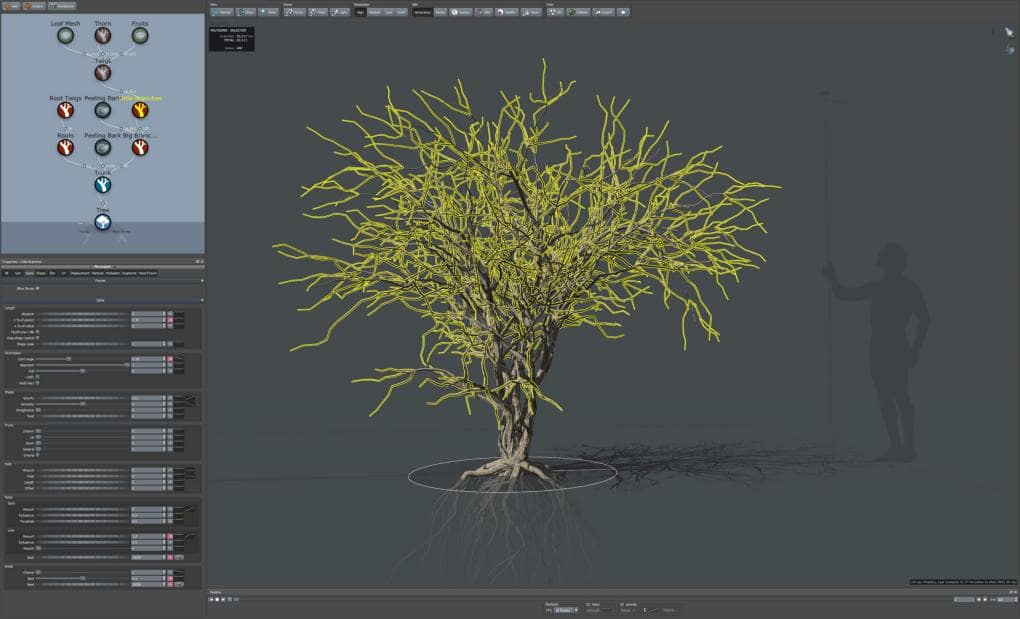
I used the peeling bark node on top of the trunk and the primary branches to add extra detail.
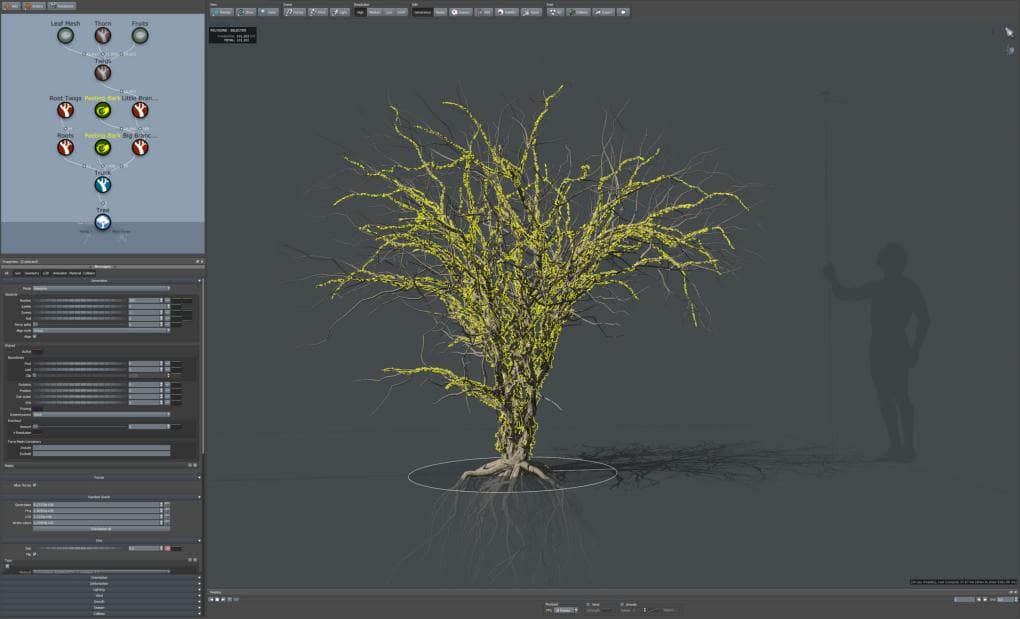
I added a level of twigs:
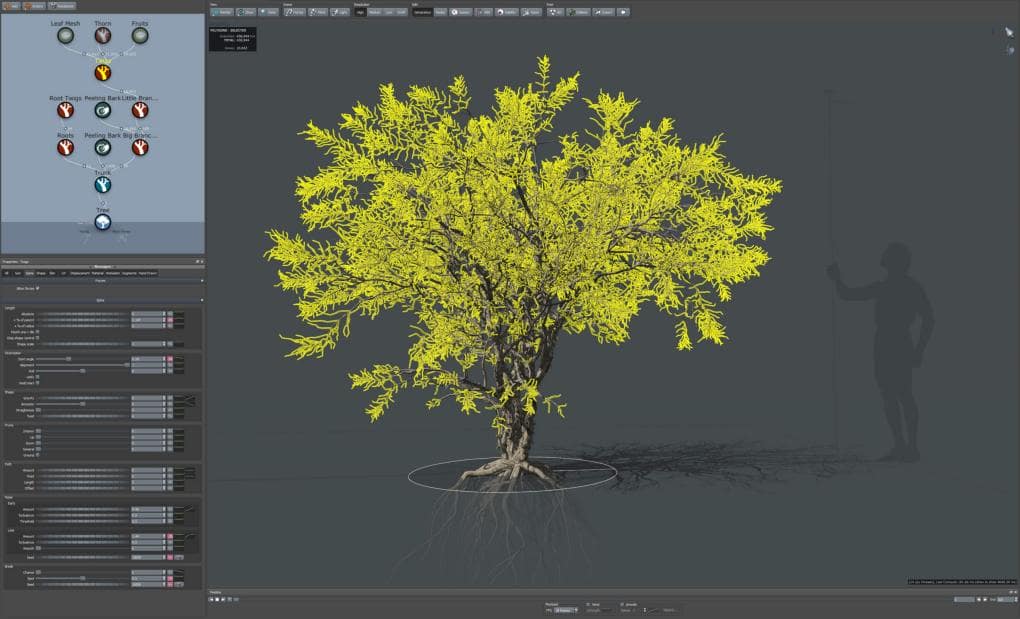
And finally the leaves, fruits, and thorns.
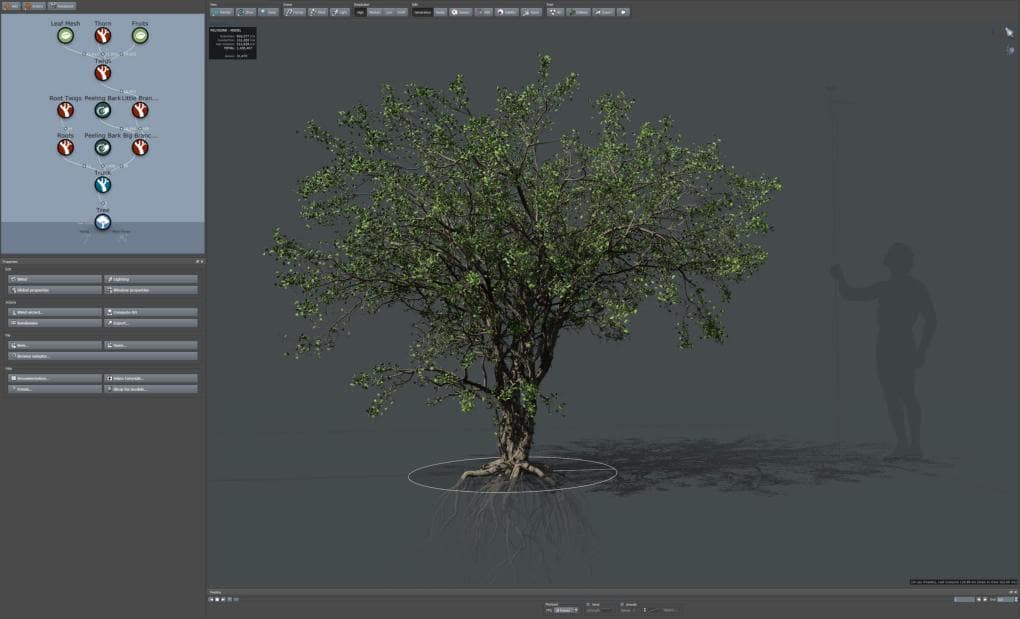
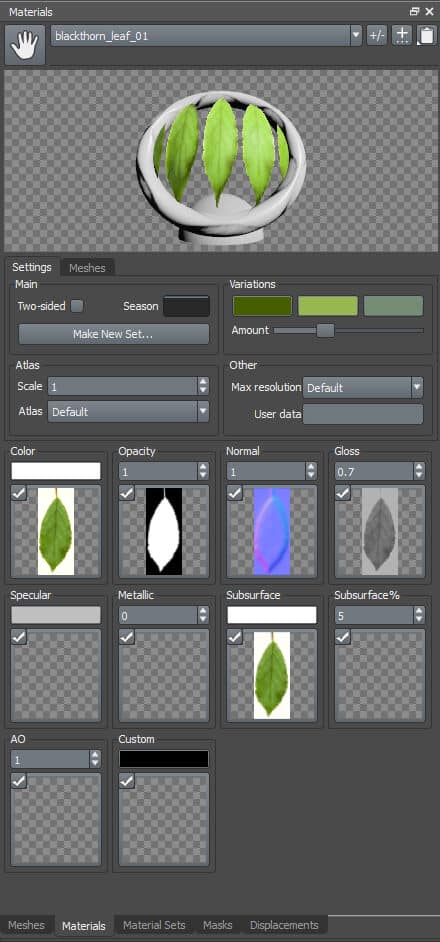

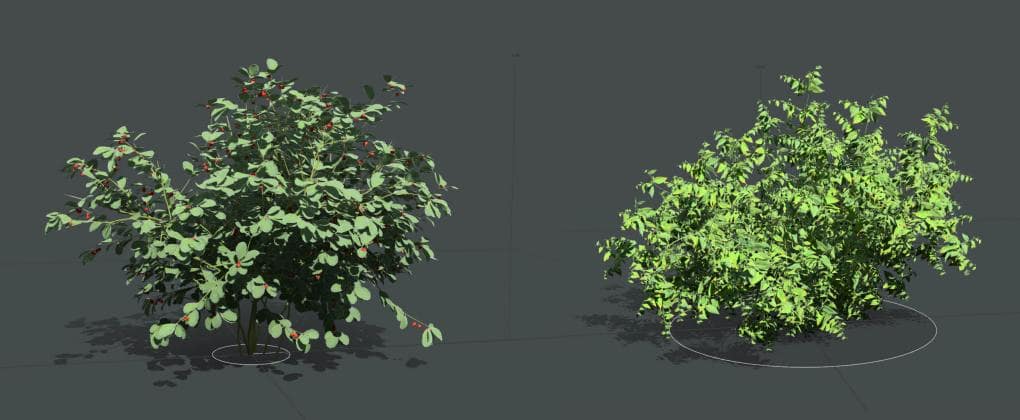
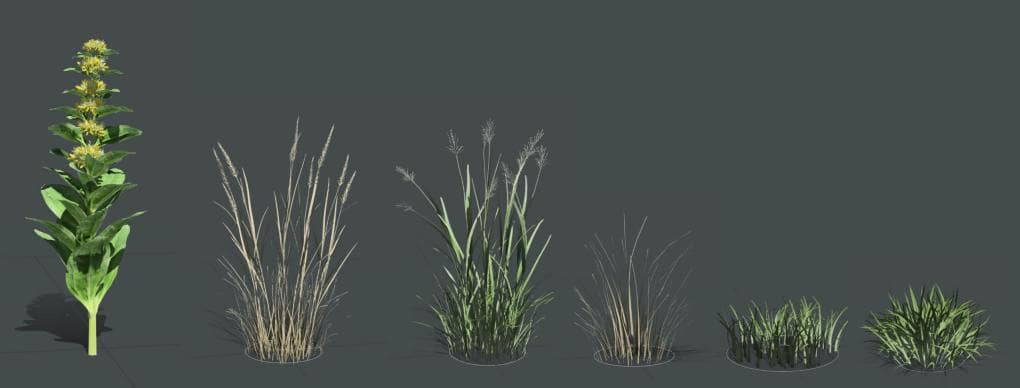
Want to try Vincent’s workflow for yourself?
Start a free evaluation of SpeedTree Cinema and check out our library below!
Stay in touch with SpeedTree:

